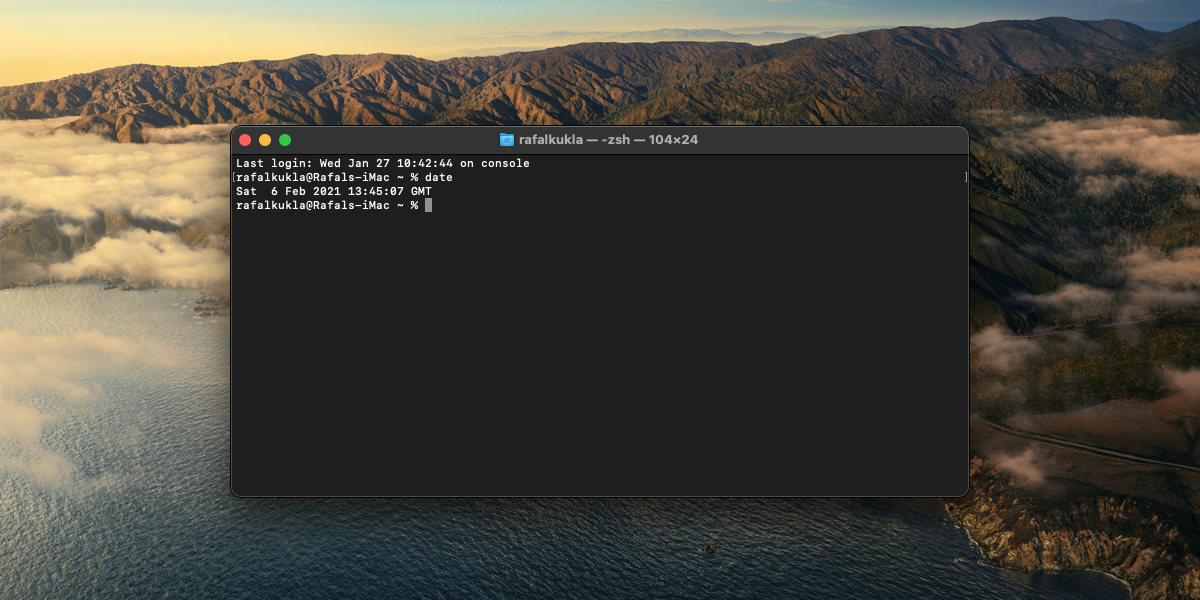
Basic Terminal Commandsīefore you jump into action-specific Terminal commands, below are some basic commands you should know. Now, all you need to do is type in a terminal command and hit return to execute it.įor your convenience, we’ve classified command line commands into several categories so it’s easier to follow them: 1.

Opening up the Terminal window brings up the Mac command prompt which looks like a black box. For this, run Terminal, right-click on its icon in the dock, and select Options > Keep in Dock. Alternatively, you can use the Spotlight search to look for Terminal.Īdditionally, you can also add it to your dock for quick access. macOS already comes equipped with one, and you can find it under Applications > Utilities. Use Your Mac Efficiently With Terminal CommandsĮxecuting commands on any operating system requires a terminal.Installing Programs using Terminal commands Client versions 5.5.0 - 5.5.2 and 6.1.0 are incompatible with Mac-OS 10.5.7 onward.Enter the node tsm password as specified by TSM Support.Apply the Changes and ignore any errors about the client acceptor not being able to be started.Clear all the common file exclusion types.Use all the default excludes and Click Next.Leave the default node name as the server stanza and Click Next.Enter the TSM server address and port as specified by TSM Support, usually in response to your node name request.Click Next, and then click to create a new options file.Go to Applications->Tivoli Storage Manager->TSM Tools for Administrators and select the Tivoli Storage Manager option.Go to Applications->Tivoli Storage Manager->TSM Tools for Administrators and select the Start Client Acceptor option.The "TSM Tools for Administrators" is how all daemons are stopped/started and how the client program should be launched.

Rename the Tivoli Storage Manage executable so that "DO NOT USE" is appended to the end. In the finder go to Applications->Tivoli Storage Manager.After you are prompted for your (root) password the install will execute and complete.




 0 kommentar(er)
0 kommentar(er)
